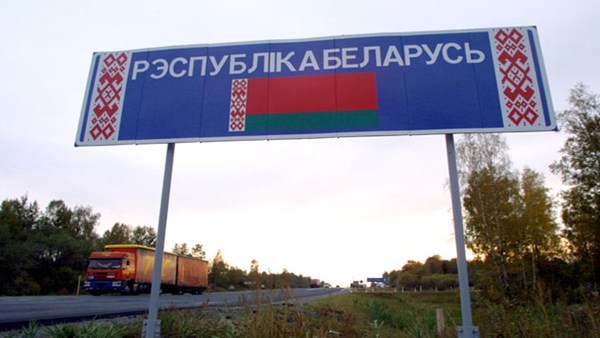Belarus on verge of economic collapse as foreign currency reserves dry out
The National Bank of Belarus continues to lose its gold and currency reserves as the value of Belarus ruble continues to fall. In April the Belarusian ruble broke the "bottom" reached during the summer protests and set a new historical low.
In the five quarters from January 2020 to April 2021, foreign currency reserves of Belarus decreased by 25% - from $9.2 billion to $6.9 billion.
Since the beginning of 2021, the reserves of the National Bank have lost $310 million due to the repayment of the external national debt and the fall in the price of gold.
By the end of the year, only $6 billion will remain in the Belarusian foreign currency reserves "given the projected revenues and payments," National Bank Chairman Pavel Kallaur warned at a press conference on Thursday.
"It will cover about two months of imports of goods and services," he said. As a result, the amount available to Minsk will fall below the critical minimum, according to IMF regulations, which recommend keeping funds in reserves for at least three months of purchases abroad.
The Belarusian Central Bank has even less in real currency, according to its statistics. Gold and repo loans account for more than half of the reserves, while liquid foreign exchange reserves are only $2.8 billion. Of this amount, 2.1 billion are in bank deposits, and the balance is in foreign securities.
Belarus' external debt exceeds foreign currency reserves by 15 times and amounts to $42.1 billion (as of January 1).
Slightly more than a third of these liabilities are in businesses, mostly state-owned ($15.4 billion), and 44% are directly in government debt ($18.5 billion). And the latter, in contrast to the corporate increase - by 1.4 billion dollars last year.
As the reserves melt, the Belarusian ruble rolls down, inflation accelerates, and President Alexander Lukashenko is again looking for currency from traditional creditors. At the end of February, Lukashenko went to Sochi for talks with Vladimir Putin, where, according to the newspaper Kommersant, he intended to ask for $3 billion in addition to the money previously allocated by Moscow for the construction of the Belarusian nuclear power plant.
Moscow, according to the Kommersant sources, was ready to give Minsk up to 3.5 billion dollars, provided that Lukashenko will launch the Constitution reform and step up integration with Russia, including in preparation for the introduction of the single currency.
But Lukashenko himself categorically denied the fact that he requested more money, and there were no significant loan agreements after the visit.
Putin only agreed to postpone the repayment of the Belarusian debt for two years, indirectly giving the Central Bank of Belarus 906 million dollars, as well as to reduce the loan interest rate, which is equivalent to a "gift" of 19 million dollars.
This, however, did little to help the Central Bank and the Belarusian ruble, which has fallen by 5% since the beginning of the year, and set a new absolute minimum of 2.68 per U.S. dollar on April 4. Inflation, meanwhile, has accelerated to 8.5%, while the central bank's target is to keep it at about 5%.
The problem is that about 45% of goods on the domestic market are "goods of so-called critical imports," Minister of Antitrust Regulation and Trade Vladimir Koltovich said on Thursday.
"Prices depend on exchange rates and world food prices. Global prices are rising, the pace is not decreasing, and so far, the forecasts are not very good in the food market," he said.
Kolotovich said that due to the acceleration of inflation, 55% of consumer prices have been regulated in Belarus. This is a temporary order aimed at reducing the inflation surge associated with the introduction of VAT, the growth of world prices for food and raw materials, said Koltovich. "Today, such measures are a conscious necessity, which is temporary."
